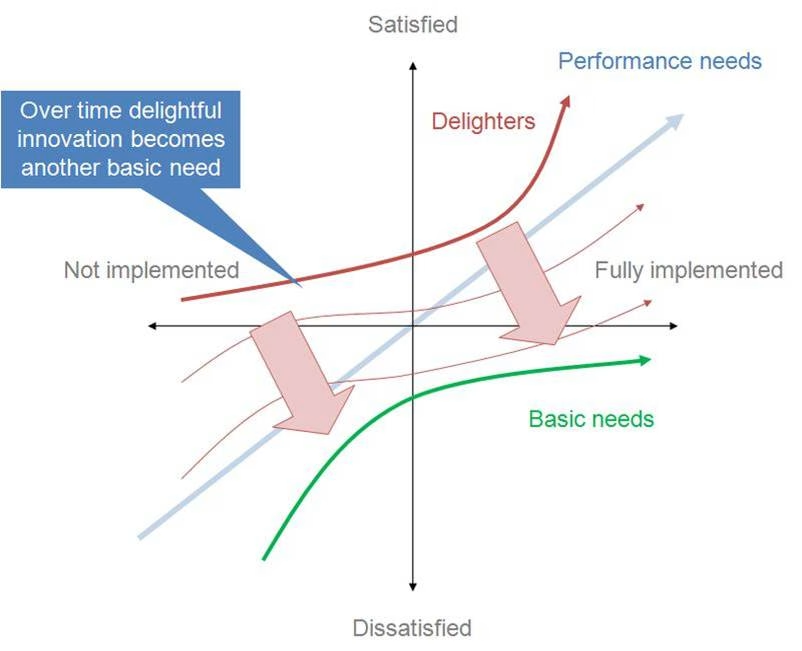CIPS L4M2 Defining Business Needs Online Training
CIPS L4M2 Online Training
The questions for L4M2 were last updated at Apr 24,2025.
- Exam Code: L4M2
- Exam Name: Defining Business Needs
- Certification Provider: CIPS
- Latest update: Apr 24,2025
Which of the following is the purpose of benchmarking?
- A . To identify and adapt the best practices to improve organisation’s performance
- B . To copy other organisation’s intellectual properties, processes and practices
- C . To coerce all suppliers to sacrifice their profit
- D . To resist continuous improvement
A CPO is analyzing whole life cycle costing of a machinery. He realises that cost elements are not specific but come from a range of values.
Which whole-life costing model should the CPO use to get the most accurate total cost of ownership?
- A . Simulation models
- B . Optimisation models
- C . Decision support models
- D . Kraljic’s preferencing model
Which of the following statements is true about product life cycle?
- A . The price remains static throughout the product life cycle
- B . The price competition will be the fiercest at the declining stage because the inventories are plentiful
- C . If price skimming is adopted, the supplier will gradually lower the price when it attracts enough buyers
- D . Sale volume will be the highest at the introductory stage
A hospital extensively spends on medical and implantable devices, medical, surgical and pharmaceutical supplies, costs of supplies related to buildings and maintenance operations. Hospital’s procurement manager suggests that the hospital has an opportunity to reduce operational costs by reducing variation of medical devices and pharmaceutical supplies.
Which of the following best describe the procurement manager’s suggestion?
- A . Process standardisation
- B . Product standardisation
- C . Value engineering
- D . Process re-engineering
A procurement manager is discussing with other stakeholders about the scope and the implementation of the upcoming construction project. A stakeholder argues that the construction projects are often risky as the overall scope of the work can’t be accurately estimated from the beginning. Furthermore, the project spans over a long period, the costs of materials can fluctuate widely. The procurement manager suggests that the pricing structure should be able to cover the supplier’s costs plus 10% markup on total costs.
This arrangement is known as…?
- A . Cost-plus fixed-fee
- B . Cost-plus award fee
- C . Cost-plus incentive fee contracts
- D . Cost-plus Fixed percentage
A procurement manager is discussing with other stakeholders about the scope and the implementation of the upcoming construction project. A stakeholder argues that the construction projects are often risky as the overall scope of the work can’t be accurately estimated from the beginning. Furthermore, the project spans over a long period, the costs of materials can fluctuate widely. The procurement manager suggests that the pricing structure should be able to cover the supplier’s costs plus 10% markup on total costs.
This arrangement is known as…?
- A . Cost-plus fixed-fee
- B . Cost-plus award fee
- C . Cost-plus incentive fee contracts
- D . Cost-plus Fixed percentage
A procurement manager is discussing with other stakeholders about the scope and the implementation of the upcoming construction project. A stakeholder argues that the construction projects are often risky as the overall scope of the work can’t be accurately estimated from the beginning. Furthermore, the project spans over a long period, the costs of materials can fluctuate widely. The procurement manager suggests that the pricing structure should be able to cover the supplier’s costs plus 10% markup on total costs.
This arrangement is known as…?
- A . Cost-plus fixed-fee
- B . Cost-plus award fee
- C . Cost-plus incentive fee contracts
- D . Cost-plus Fixed percentage
A procurement manager is discussing with other stakeholders about the scope and the implementation of the upcoming construction project. A stakeholder argues that the construction projects are often risky as the overall scope of the work can’t be accurately estimated from the beginning. Furthermore, the project spans over a long period, the costs of materials can fluctuate widely. The procurement manager suggests that the pricing structure should be able to cover the supplier’s costs plus 10% markup on total costs.
This arrangement is known as…?
- A . Cost-plus fixed-fee
- B . Cost-plus award fee
- C . Cost-plus incentive fee contracts
- D . Cost-plus Fixed percentage
A procurement manager is discussing with other stakeholders about the scope and the implementation of the upcoming construction project. A stakeholder argues that the construction projects are often risky as the overall scope of the work can’t be accurately estimated from the beginning. Furthermore, the project spans over a long period, the costs of materials can fluctuate widely. The procurement manager suggests that the pricing structure should be able to cover the supplier’s costs plus 10% markup on total costs.
This arrangement is known as…?
- A . Cost-plus fixed-fee
- B . Cost-plus award fee
- C . Cost-plus incentive fee contracts
- D . Cost-plus Fixed percentage
Which of the following is an useful tool for value engineering?
- A . SAMOA
- B . Kraljic Portfolio Matrix
- C . Star-burst method
- D . Kano model
Latest L4M2 Dumps Valid Version with 144 Q&As
Latest And Valid Q&A | Instant Download | Once Fail, Full Refund


